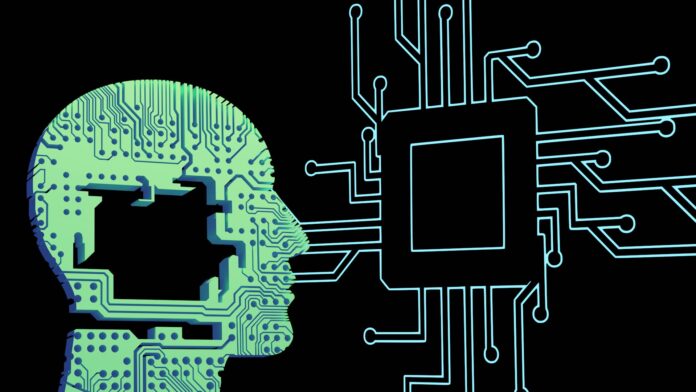Artificial Intelligence renders a bizarre and vivid dreamlike sequence, sparking mixed reactions online
An imaginative foray into dream interpretation using artificial intelligence has captured the public’s fascination on YouTube’s Brain Boost channel. The AI-generated video portrays a bewildering scenario where a fish not only hovers above the sea but also triggers a series of surreal transformations. What begins with a fish flying into a house culminates in an explosive change where the house morphs into an aeroplane, and then bizarrely, the aeroplane turns back into a fish.
This AI-created dream sequence, described as an underwater-themed chaos, has been likened to a low-budget version of the film “Inception,” famous for its complex, layered visual depiction of dreams. Viewers have had mixed reactions to the AI’s creativity, with some finding the unpredictable narrative disturbing yet captivating, while others praised the unconventional artistic expression.
Embed from Getty ImagesThe video has quickly gone viral, amassing millions of views and sparking a discussion about the nature of dreams and the potential of artificial intelligence to recreate such deeply subjective experiences. The feedback ranges from awe at the AI’s ability to generate such a vivid dreamscape to discomfort with its intense and chaotic nature.
Analysis
This AI-generated depiction of a dream pushes the boundaries of technology’s role in art and narrative storytelling. Psychologically, the video taps into the human fascination with dreams and their interpretations, providing a visual representation of the abstract and often illogical nature of our subconscious.
From a technological perspective, the project showcases the growing capabilities of AI in creative industries, offering a glimpse into how machine learning can be used to generate new forms of multimedia content. This could have implications for future content creation, particularly in entertainment and marketing.
Sociologically, the viral reaction to the video illustrates the collective intrigue and sometimes anxiety surrounding AI’s role in our lives and its capability to mimic or recreate human experiences. The discussion also highlights varying thresholds for what is considered creatively inspiring versus what is unsettling.
Economically, viral AI-generated content like this can attract significant viewership, potentially driving advertising revenue and sparking interest in AI tools for creative purposes. It also raises questions about the commercialization of AI-generated art and its impact on professional artists and creators
